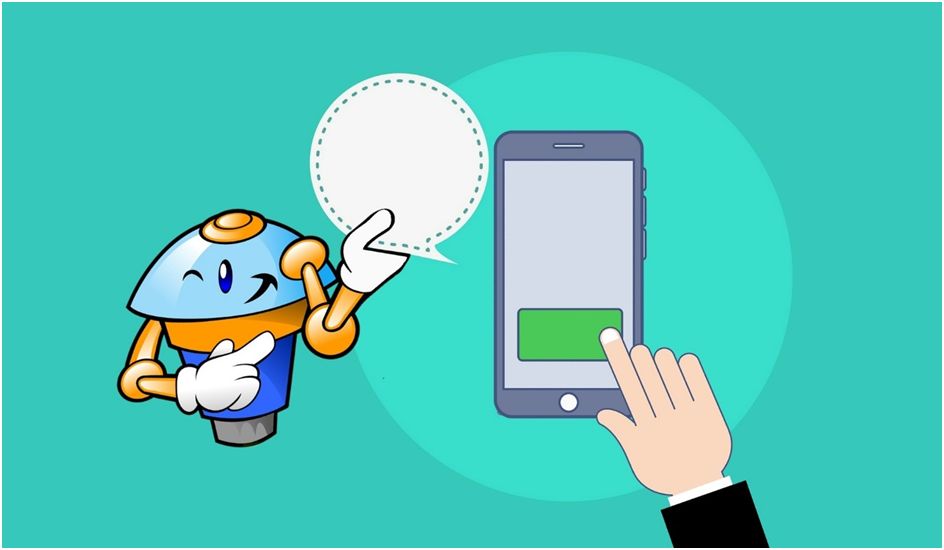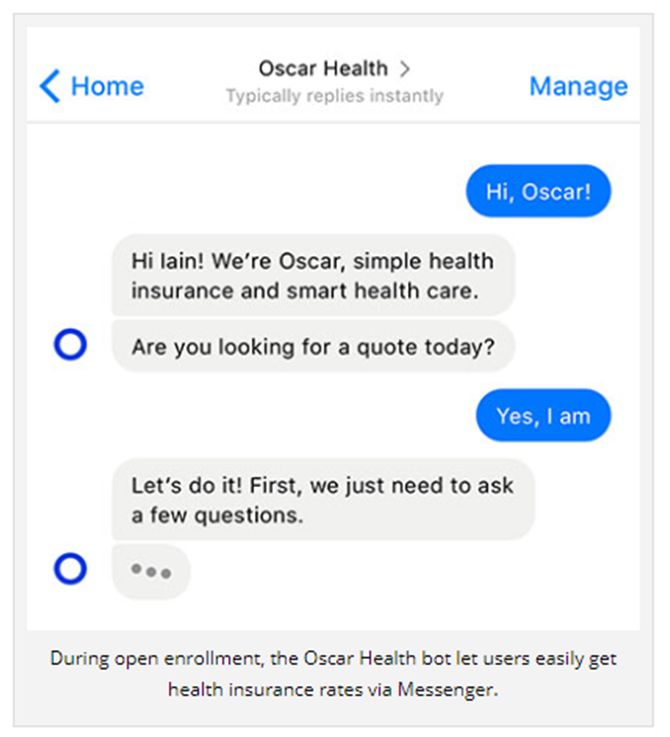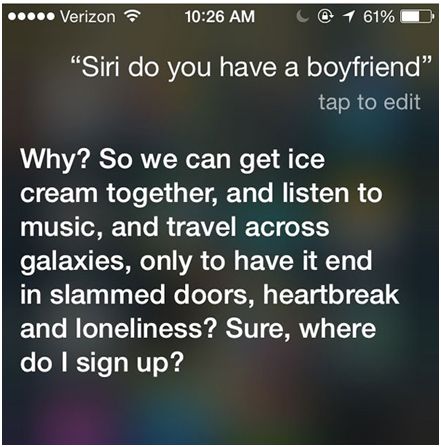Your company’s chatbot is more than just a lifeless piece of technology. Sure, technically, it is – It is programmed by humans and certainly doesn’t have feelings or a heart…but this piece of digital technology is at the forefront of helping you connect with your customers.
Chatbots have become increasingly popular over the past few years. Business Insider highlights that 80% of businesses want chatbots by 2020. Some bots are hitting the nail on the head by effectively communicating with customers while others are just too robotic to leave a lasting impression.
Why does Your Chatbot Need a Personality?

Instead of seeing bots as lifeless technology, rather view them as marketing tools that add value to your customer’s experience – your human customer. You know, the group of species with advanced communication skills? That’s who your chatbot is designed to connect to, so it only makes sense for it to have a personality.
The advancement of AI and machine learning has made the modern consumer expect what was once deemed impossible – for the object they talk to, to talk back to them.
When these objects talk back, they can’t just give average responses.In this digital era, that’s not going to leave a lasting impression. What will leave a lasting impression is a bot with a personality that is on par with your brand.
Giving Your Chatbot a Personality That Fits your Brand
Before programming your bot to have a personality, it is first important to clearly define the type of personality you would like it to exude.
Clearly Define your Brand
Effective marketing of any product or service cannot happen without a clear understanding of your brand. Once you’ve defined your brand, you’ll be able to decide what color your business card is, what your logo should be, and many other marketing-related aspects of your business, including what personality your bot should have.
How do you define your brand? There are many ways for companies to define their brands and if you’re a little stuck on getting a clear picture on what your brand is, ask yourself some of these questions:
- What is your USP (Unique Selling Point)? What gap in the market are you filling?
- What is your company’s story?
- What are your company’s core values?
- What brands do you look up to?
- How are you helping your customers? What are your services?
Once you’ve answered these questions, you will be able to understand not only the brand you represent but your brand’s voice.
Your brand’s voice is basically the heart of your communications. The language, tone, style, jargon, images, and all other forms of marketing and communications from your company should all encompass your brand’s voice.
2. Understand Your Target Audience

Who will your bot be communicating with? How do they speak? What jargon do they use?
These are all critical questions in defining a bot personality that mirrors your buyer’s persona. Mirroring your buyer’s persona is a step in the right direction because this is key to effectively engaging and connecting with your customer.
We mentioned earlier that a good number of businesses are going the chatbot route for their customer communications and engagement but that doesn’t mean that these bots are connecting to customers.
In fact, a 2018 Statista report highlights that over 50% of the people surveyed were not happy about bots as they believed that they were a barrier from them actually getting to chat to a live person. 47.5% Added that bots’ responses weren’t helpful.
When you intimately understand who your customer is, you will be able to create a bot that connects to them instead of creating a bot that just frustrates them and drives business away.
3. Choose Between Two Types of Chatbot Personas
This step involves deciding whether your bot will represent an organization or an individual person. For larger companies with several communications people, it makes sense for their bot to represent an organization. This bot would need to communicate in a tone and style that reflects the brand. Think of “Facebook”, “Apple” and any one of the larger companies out there. Their bots reflect the organization as a whole.
On the other hand, for smaller companies, their bots can represent an individual. For instance, if you’re the owner of “David’s Plumbing Services” and all your communications are done with a single voice, then your bot would need to also mirror this voice as they are a representation of your business.
Choosing between an organization or individual bot persona requires firstly understanding your business and reflecting on whether your company’s communications are more individual-led or brand-led.
4. Decide on the Personality Traits you Want
This is the fun part! Now that you’re clear on your audience, your brand, and your bot’s persona, it’s time to get to that all-important question – What personality traits will your dear bot have?
Here’s a list of traits to consider for your bot:
- Goofy
- Funny
- Sweet
- Charismatic
- Helpful
- Intelligent
- Sophisticated
There are plenty of other character traits to choose from. The most important thing is to make sure that the traits you decide on are linked to your company’s brand.
Be careful not to get carried away here. Don’t just give your bot a witty personality if that’s not what your brand or who your customer is.
TopBots highlighted Oscar Health’s FaceBookbot. Oscar Health helps consumers with quotes for health insurance. Communication with this bot is generally as follows:

This bot gets straight to the point.
When programming your bot’s personality, you need to understand what your customer’s end goal is. Are they teenagers who want a quirky and fun interaction or are they older professionals who just want to get down to business?
- Use an On-Brand Tone, even when Faced with Unrelated Questions
When your bot faces unrelated questions, how will those be handled?
How your bot handles these unrelated questions can be an opportunity to establish a connection with your consumers.
Siri, Apple’s bot, is one of the most loved bots to emerge from the digital age. Why? Because she’s not only knowledgeable, but she can give impressive answers about pretty much any topic.


Images Via BoredPanda
Off-topic questions are going to happen. It is human nature to want to converse. Although humans understand that they are talking to a bot, if the bot responds in an unexpected way to a rather odd question, connections start to be built.
At the end of the day, your bot is designed to speak to your human customers. Injecting in a little personality will make it feel like there’s a connection and in turn, that will inspire customer loyalty. As they return to your site and ask your bot more questions, they will start to feel like it is actually way more than just a lifeless piece of technology.
Khanyi Molomo is a tech writer who creates
Blog posts, White Papers, Case Studies and eBooks for clients. She enjoys
collaborating with tech companies and helping to create content that’s
understandable for all, including the non tech-savvy. You
can follow her blog on Iconic
Writing.